The Hara-Kiri Essence
The hara-kiri rite, or as it is also called seppuku, is closely related to the bushido samurai philosophy. This custom originated in the early period of Japanese feudalism. It was the benefit of the samurai only who were proud to have free control of their lives, to have the moral courage and show contempt for death with seppuku.
The word hara-kiri is literally translated from Japanese as “cutting the stomach”, where “hara” is the abdomen and “kiri” is to cut. The Japanese chose the stomach because, according to Zen Buddhist philosophy, it is the human’s central area and the seat of life. Thus, for the Japanese, the stomach was an area where they existed emotionally and, by cutting it, the samurai showed the honesty of their intentions, thoughts and aspirations. For the samurai, seppuku was an excuse for themselves before heaven and people and had more spiritual sense, rather than suicide.
When the Rite Emerged
The disemboweling rite was found among some peoples of Siberia and East Asia, one of them was the Ainu people who lived in the northeast Japanese islands. The Japanese fought with the Ainu people for lands for a long time and eventually adopted the rite from them. However, the Japanese changed its meaning. Among the Ainu and other peoples, it was sacrificial, they cut their stomachs voluntarily to sacrifice to the gods.
Originally, hara-kiri was not common among the Japanese. It began to develop among the military settlers who lived on lands from the Ainu people and eventually evolved into a samurai class. And it is quite natural that this rite began to develop among people who constantly bore weapons and were always on alert.
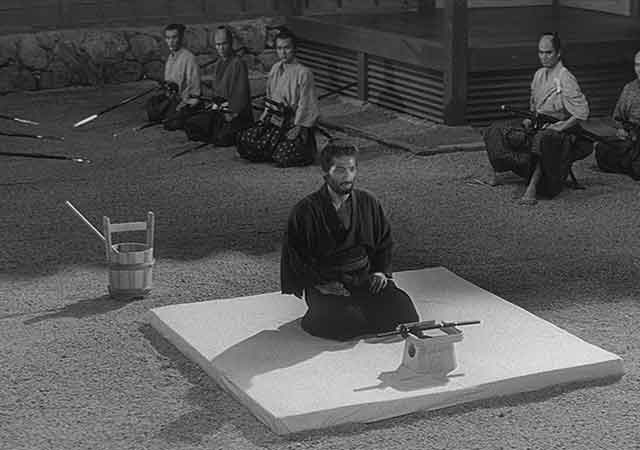
In the 9th century, starting from the Heian period, the seppuku became the samurai’s custom, and by the end of the 12th century, during the Taira-Minamoto War, hara-kiri became widespread. Since then, the number of suicides continued to rise.
When Hara-Kiri Was Performed
There were several reasons for the samurai’s suicidal rite. This could be punishment for disobedience or non-fulfillment of orders of their shoguns or feudal lords, as well as for acts disgraceful to the samurai.
The samurai often used hara-kiri as a sign of protest to show that they disagreed with the impossible orders of their master or some other injustice affecting the samurai’s honor.
The samurai could also perform hara-kiri in the wake of their master’s death. Initially, it was called “oibara” or “tsuifuku”, and later, this custom was renamed “junshi”. This suicide goes back to ancient Japan when, together with a deceased man of family, his servants were buried. This custom was then abolished, and the servants were replaced with clay figurines. Over time, this custom however was transformed and became popular among samurai again. The samurai could voluntarily take their lives following their masters by performing the hara-kiri rite.
It was not only the samurai who committed suicide but also their wives. The reason for hara-kiri could be their husband’s death, if their husband went back from their words, or if their husband’s pride was hurt. It was considered a shame if the wife could not perform hara-kiri if necessary. However, unlike the samurai, their wives committed suicide not by cutting their stomachs. They slit their throats or stabbed them in their hearts with a special dagger called kaiken which was given as a wedding gift by their husbands. They could also use a short sword, which was given to each samurai’s daughter on the day of the majority.
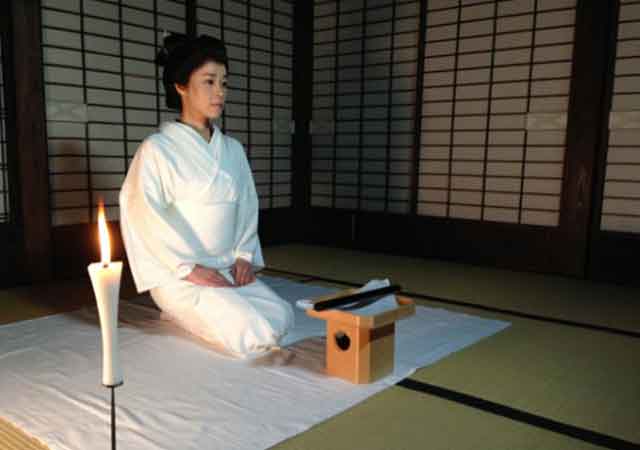
Samurai and their daughters were taught to commit suicide from their childhood. Instructors in special schools showed and explained how to start and complete seppuku, how to cut a stomach or how to cut the neck vein and stab yourself in your heart correctly.
How the Seppuku Rite Was Performed
The rules and the ceremony of the seppuku rite were developed over a long time. It was formalized and legitimized during the reign of the Ashikaga shogunate from 1333 to 1573. The rite was finally formalized, complicated and began to be applied officially by the court as a punishment for the crime committed by a samurai during the Edo period.
During this period, the rite also involved a second who had to always witness the official seppuku ceremony. The second had to cut off the samurai’s head after he had slit his stomach, thereby sparing the samurai pain. The head was also cut off so that the samurai, being in mortal agony and losing self-control, would not start screaming or fall on his back, thereby disgracing his name.
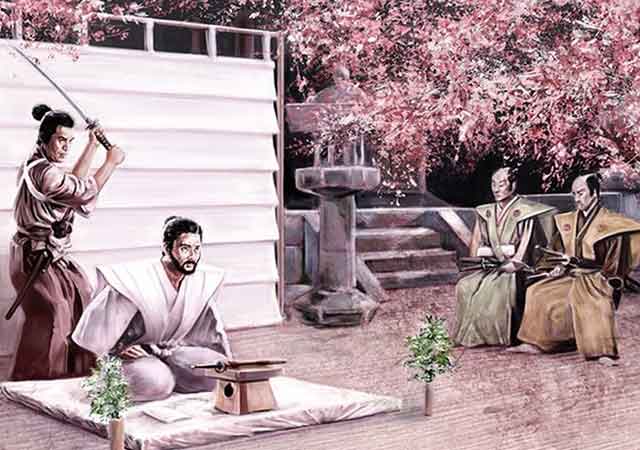
As per the code written during the Tokugawa shogunate reign, there were persons appointed to officiate the seppuku ceremony. They arranged the ceremony and attended it. The Tokugawa authorities decided that death by seppuku is honorable and that this benefit is available to the samurai only.
The location for the seppuku rite was chosen according to the samurai’s status in society. For the shogun’s friends, it was performed in the palace, for the lower-ranked samurai, it was performed in the garden of the house of the ruler who took care of the samurai who committed suicide. Hara-kiri could also be performed in the temple if a samurai decided to commit suicide during his journey.
Seppuku was usually performed when sitting, while clothes were placed under the samurai’s knees so that the samurai would not fall on his back. Then the performing samurai cut his stomach with a special knife called tanto which was considered a family value and was kept at home on a sword stand. If the knife was not available at the moment, then the rite was carried out using the second small sword called wakizashi. Sometimes, the samurai used a katana; they took it by a blade wrapped in paper.
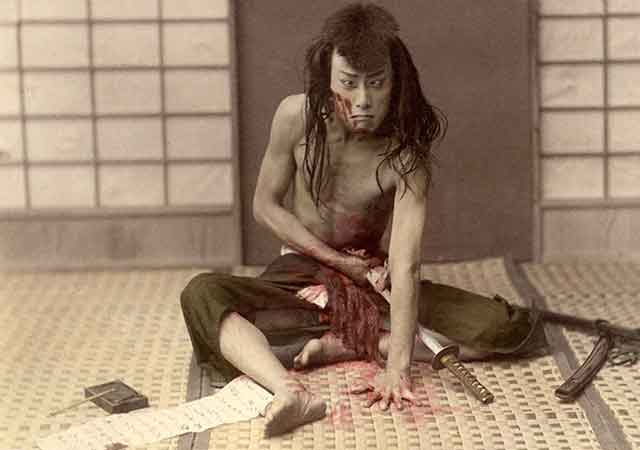
The direction and number of cuts depended on the school and the samurai who committed hara-kiri. They could cut their stomachs from left to right, from left to right and upward, X-like, upward and to the left, etc.
Previously, a samurai performing seppuku had to slice his stomach so as to show his intestines to those present. Then the ceremony was simplified and the samurai only had to cut their stomachs and the second cut off their heads. All those who performed the suicidal rite were buried together with the weapon that the rite was performed with.
How Hara-Kiri Differs from Seppuku
Hara-kiri and seppuku mean the same. Their only difference is the following: The word hara-kiri was used in everyday life and carried out by samurai in solitude. And the word seppuku was the official name of the rite, specified in the documents and was performed when officials and a second are around.
See also
-
Kanazawa Castle

Construction of Kanazawa Castle began in 1580 on the orders of Sakuma Morimasa, a vassal of Oda Nobunaga. The castle was built on the site of the Ikko-ikki sect's Oyama Gobo temple, which is why it is sometimes called Oyama Castle. Morimasa managed to build several moats and begin construction of a castle town. However, after his defeat at the Battle of Shizugatake in 1583, he was executed, and ownership of the castle passed to Maeda Toshiie (1538–1599).
-
Nakatsu Castle
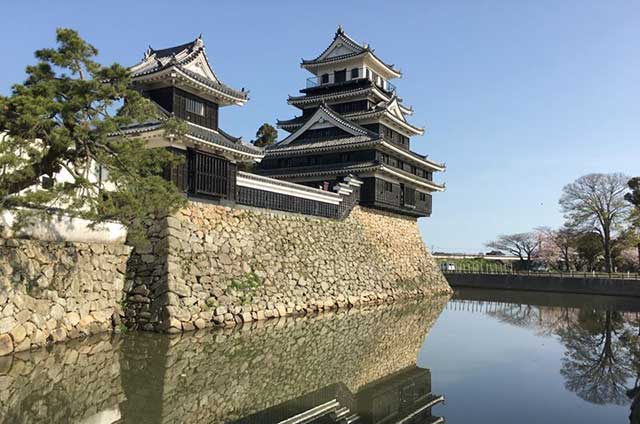
Kuroda Yoshitaka (1546–1604) was one of the closest advisors to the legendary military commander Toyotomi Hideyoshi. He took part in key military campaigns of the late 16th century, including the campaign against Shikoku in 1585 and the campaign against Kyushu in 1587. Later, during the second campaign in Korea, Yoshitaka served as chief advisor to the commander of the invasion forces, Kobayakawa Hideaki. After Hideyoshi's death, he swore allegiance to Tokugawa Ieyasu, thereby securing his influence and patronage under Japan's new leader.
-
Edo Castle
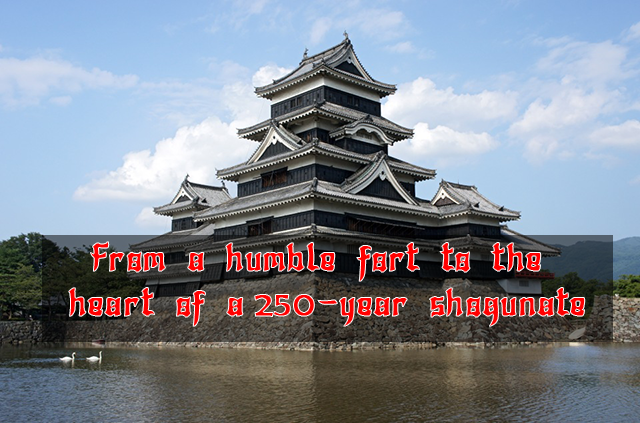
The history of Edo Castle dates back to the Heian period, when the Edo clan built a small fort on this site. In 1457, the vassal of the Uesugi clan, Ota Dokan (1432–1486), constructed a full-scale castle here. Internal conflicts weakened the Uesugi clan, and in 1524, Ota Dokan’s grandson, Ota Yasutaka, surrendered the castle without resistance to the forces of Hojo Soun, the ambitious leader of the Hojo clan. While Odawara Castle remained the clan's main stronghold, Edo was considered a key strategic fortress.
-
Samurai Museum Shinjuku
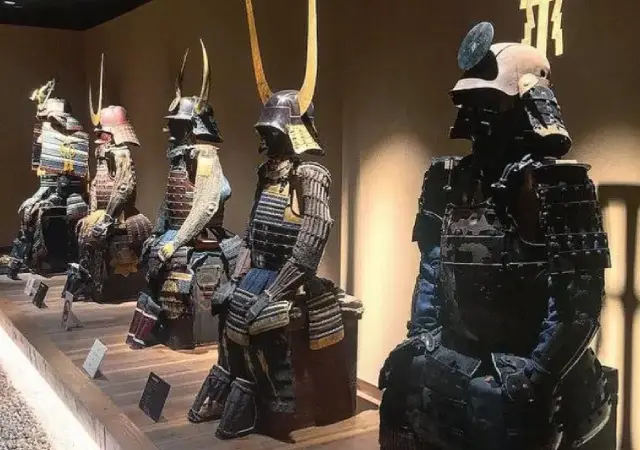
Situated in the vibrant district of Shinjuku, the museum showcases an extensive collection of samurai armor, weapons, and cultural artifacts spanning from the Kamakura to the Edo period. The exhibits aim to convey the samurai's unwavering commitment to honor and discipline, reflecting how their spirit continues to influence modern Japanese culture.
-
Anjo Castle
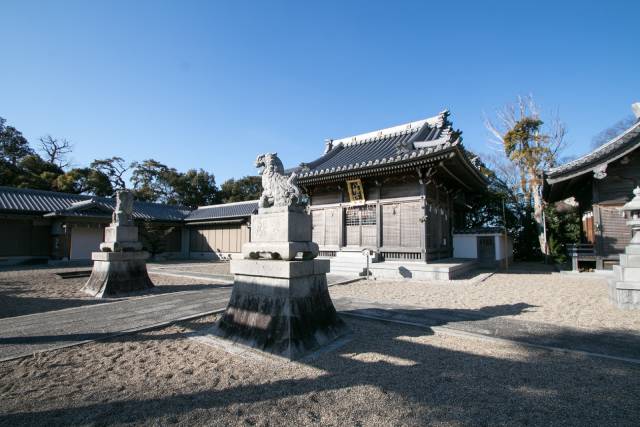
Anjo Castle was built on a slight elevation at the edge of the Hekikai Plateau, about 2 kilometers southeast of present-day central Anjo City in Aichi Prefecture. Today, the surrounding area thrives on large-scale agriculture and automotive manufacturing, utilizing the expansive flatlands and its proximity to the Nagoya region.
-
Numata Castle
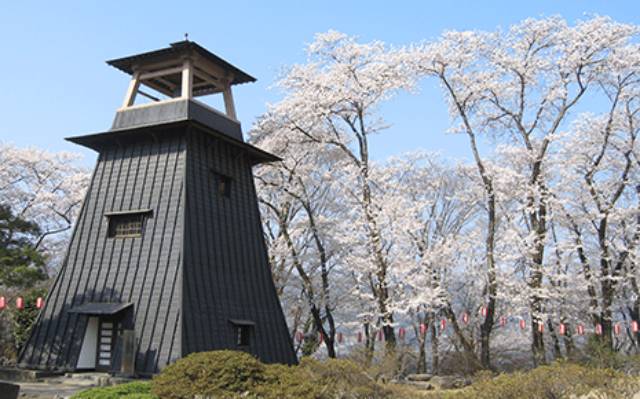
Numata Castle, located in Numata, northern Gunma Prefecture, Japan, has a rich and complex history. During the late Edo period, it served as the residence of the Toki clan, who ruled the Numata Domain. Over the centuries, the castle changed hands multiple times and was the site of significant battles during the Sengoku period.
-
Iwabitsu Castle
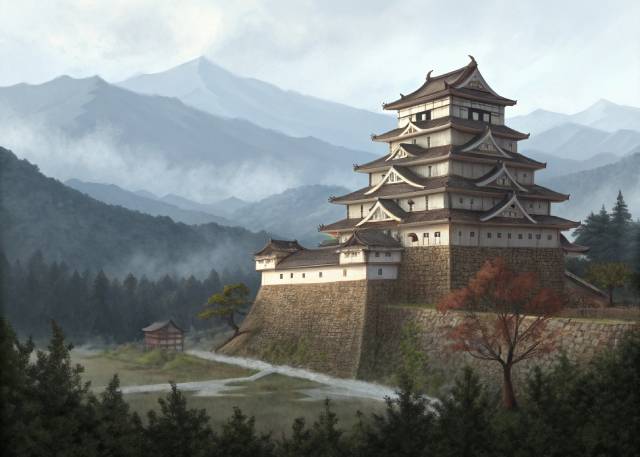
Iwabitsu Castle is a yamashiro-style (mountain) castle located atop Mount Iwabitsu in Higashiagatsuma, Gunma Prefecture, Japan. Recognized for its historical significance, its ruins have been protected as a National Historic Site since 2019.
-
Tsutsujigasaki Castle
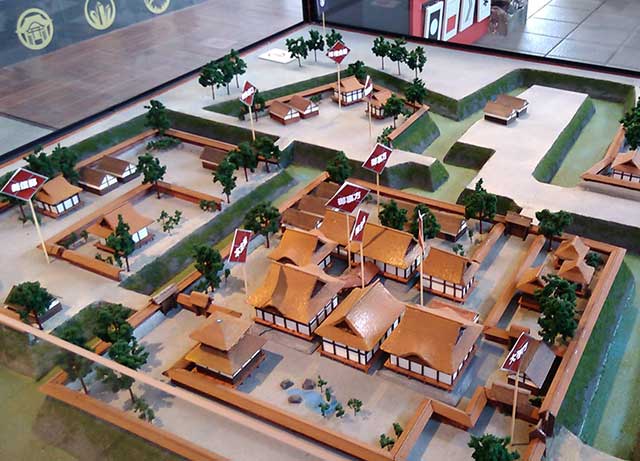
Tsutsujigasaki Castle (Tsutsujigasaki Yakata) served as the fortified residence of the last three generations of the Takeda clan and is located in the heart of Kofu, Yamanashi Prefecture, Japan. Unlike traditional Japanese castles, it was not referred to as a "castle" in Japanese, as the Takeda clan famously believed in relying on their warriors as their true fortifications, stating, "Make men your castle, men your walls, men your moats." Designated a National Historic Site in 1938, the ruins are now open to the public and house the Takeda Shrine, a Shinto shrine dedicated to the deified spirits of the Takeda clan.


